What Is A Motovlog?
Simply put, motovlogging is when you attach a camera to yourself or your motorcycle and record your ride. Wikipedia defines it as:
A motovlog is a type of video log recorded by a person while riding a motorcycle. The word is a neologism and portmanteau derived from “motorcycle”, “video” and “log”. A rider who creates video blogs known as a moto blogger, and the action of making motovlogs is called motovlogging. Most motovloggers upload their videos on YouTube, and the network of motovloggers here is known as the motovloggers community.
Are you looking for motovloggers to follow?
While I’m positive this isn’t a complete list, I’m sure you’ll find a channel here that will peak your interest. Make sure you check back frequently because I’ll be adding to this list.
If you’re a motovlogger that would like to added to this list simply follow me on YouTube and fill out my contact form and I’ll get you added!
Coming Soon:
- The Ultimate List Of Motovloggers
- The Ultimate List Of Instagram Motovloggers
Shout Out To PhatboyR6 and No.Bumpers for helping me come up with this collection of motovloggers. So here they are in no particular order!
You Might also like
-
The Ultimate List Of Motovloggers On YouTube
What Is A Motovlog?
Simply put, motovlogging is when you attach a camera to yourself or your motorcycle and record your ride. Wikipedia defines it as:
A motovlog is a type of video log recorded by a person while riding a motorcycle. The word is a neologism and portmanteau derived from “motorcycle”, “video” and “log”. A rider who creates video blogs known as a moto blogger, and the action of making motovlogs is called motovlogging. Most motovloggers upload their videos on YouTube, and the network of motovloggers here is known as the motovloggers community.
Who Was The First MotoVlogger?
While it’s specifically documented when the first motovlog was created, the earliest motovlogging channels on Youtube is M13 which started in 2006.
Mordeth13
Are you looking for motovloggers to follow?
Since then the motovolgging community has exploded. Each rider has a different style of riding, a different sense of humor, and a different style of teaching.
While I’m positive this isn’t a complete list, I’m sure you’ll find a channel here that will peak your interest. Make sure you check back frequently because I’ll be adding to this list.
If you’re a motovlogger that would like to added to this list simply follow me on YouTube and fill out my contact form and I’ll get you added!
Check Out These Articles:
Shout Out To PhatboyR6 and No.Bumpers for helping me come up with this collection of motovloggers. So here they are in no particular order!
-
The Benefits of Owning a Sportbike: A Comprehensive Guide
Riding a sportbike is a unique and thrilling experience that offers a variety of benefits for those who choose to make it a part of their lifestyle. From the rush of adrenaline to the sense of freedom and adventure, sportbikes offer riders a way to escape the mundane and experience life to the fullest. In this article, we will delve into the many benefits of owning a sportbike, from the physical and mental benefits to the practical and financial advantages.
Sportbikes are a type of motorcycle designed for speed and agility, offering a thrilling and unique riding experience that is unmatched by any other type of vehicle. From the roar of the engine to the wind in your face, sportbike riding provides a sense of excitement and adventure that is hard to replicate. Whether you are a seasoned rider or a newcomer to the sport, the benefits of owning a sportbike are numerous and far-reaching. In this article, we will explore the many benefits of sportbike ownership, from the physical and mental health benefits to the practical and financial advantages.
Sportbike riding is more than just transportation – it is a way of life. It provides a sense of freedom and escape from the daily grind, allowing you to explore new roads and destinations and experience life to the fullest. For many riders, owning a sportbike is not just about having a fast and stylish vehicle, but about being part of a community and experiencing a sense of camaraderie with other riders.
Whether you are looking to improve your physical and mental health, save money on your daily commute, or simply experience the thrill of the open road, sportbike ownership has something to offer everyone. So why not join the ranks of sportbike riders today and discover the many benefits of this exciting and rewarding hobby?
Physical and Mental Benefits
- Improved Physical Fitness: Riding a sportbike requires a certain level of physical fitness, as well as coordination and balance. Over time, this type of riding can help improve your overall fitness, increase your energy levels, and even lead to weight loss. The physical demands of sportbike riding can also help reduce stress levels and improve flexibility and dexterity.
- Improved Mental Health: Sportbike riding has numerous mental health benefits, including reducing anxiety and depression, improving cognitive function and concentration, and providing a sense of calm and clarity. The rush of adrenaline that comes with sportbike riding can also boost your mood and help you feel more alive. In addition, the sense of adventure and excitement that comes with sportbike riding can help improve your overall well-being and provide a much-needed escape from the daily grind.
- Sense of Freedom and Adventure: Owning a sportbike opens up a world of possibilities, from exploring new roads and destinations to simply enjoying the open road. The freedom and sense of adventure that comes with sportbike riding is unmatched and provides a much-needed escape from the daily grind. Whether you are riding solo or with a group of friends, the experience of riding a sportbike is both liberating and exhilarating.
- Improved Hand-Eye Coordination: Sportbike riding requires quick reflexes and precise hand-eye coordination, both of which can improve with regular riding. This can have a positive impact on other aspects of your life, from driving to sports and other physical activities.
- Stress Relief: The fast pace and excitement of sportbike riding can provide a much-needed escape from the daily stressors of life. Whether you are riding through the countryside or navigating through city traffic, sportbike riding can provide a sense of calm and relaxation that is hard to replicate.
Practical and Financial Benefits
- Cost-Effective Transportation: Sportbikes are often more cost-effective than traditional cars and can be an affordable way to get around. With high gas mileage and low maintenance costs, sportbikes can save you money on your daily commute or weekend adventures.
- Ease of Parking: Sportbikes are smaller and more maneuverable than traditional cars, making them easier to park in tight spaces. This can save time and hassle, especially in busy urban areas where parking can be a challenge.
- Reduced Commute Time: Sportbikes are faster and more agile than traditional cars, making them ideal for navigating through traffic and reducing your commute time. Whether you are commuting to work or simply running errands, a sportbike can get you where you need to be faster and more efficiently.
- Environmentally Friendly: Sportbikes are more environmentally friendly than traditional cars, producing fewer emissions and using less fuel. This can help reduce your carbon footprint and contribute to a healthier planet.
- Personalization Opportunities: Owning a sportbike provides an opportunity to personalize and customize your vehicle to suit your style and preferences. From choosing the right accessories to customizing the look of your bike, there are countless ways to make your sportbike truly your own.
Conclusion
Whether you are a seasoned rider or just starting out, the benefits of owning a sportbike are numerous and diverse. From the physical and mental health benefits to the practical and financial advantages, sportbike riding offers riders a unique and exciting way to experience life. Whether you are looking for adventure, freedom, or simply a way to improve your daily commute, a sportbike is the perfect vehicle to help you achieve your goals. So why not experience the thrill of the open road for yourself and see what owning a sportbike can do for you?
-
How to Properly Maintain Your Sportbike
Understanding the Importance of Sportbike Maintenance
Owning a sportbike is an exciting and rewarding experience, but it also comes with responsibilities. Proper maintenance is essential to ensure the longevity and performance of your bike, and to keep you safe on the road. In this comprehensive guide, we’ll explore the key components of sportbike maintenance and provide tips and tricks for keeping your bike in top condition.
Download RunThaCity’s General Sportbike Maintenance Schedule
Regular Maintenance Schedules: The Key to a Long-Lasting Sportbike
Regular maintenance is key to keeping your sportbike running smoothly and avoiding costly repairs down the road. The recommended maintenance schedule will vary depending on the make and model of your bike, as well as your riding style. Make sure to consult your owner’s manual for specific maintenance recommendations, and keep a record of all services and repairs performed on your bike. It’s always a good idea to perform routine checks on your sportbike to catch any potential issues early on. This can include checking fluid levels, the condition of hoses and belts, and the general state of the bike’s components.
Engine Oil and Filter Changes
One of the most important components of sportbike maintenance is regular engine oil and filter changes. Engine oil keeps your engine lubricated and prevents wear and tear, while the oil filter removes impurities from the oil. Oil changes should be performed at the intervals specified in your owner’s manual, and you should always use high-quality, recommended engine oil and filters. Skipping oil changes or using low-quality oil can cause serious damage to your engine, reduce fuel efficiency, and negatively impact performance.
Air Filter Cleaning or Replacing
The air filter is responsible for removing dirt and debris from the air that enters the engine. Dirty air filters can cause poor engine performance, reduced fuel efficiency, and even engine damage. Clean or replace your air filter at the intervals specified in your owner’s manual, or more often if you frequently ride in dusty or dirty conditions. Cleaning or replacing the air filter is a simple and inexpensive process that can greatly improve the performance and longevity of your sportbike.
Brake System Maintenance
The brake system is one of the most critical components of your sportbike, and proper maintenance is essential for safety. Regular brake inspections should be performed, and brake pads should be replaced as soon as they show signs of wear. The brake fluid should also be checked and replaced at the intervals specified in your owner’s manual. Worn or contaminated brake fluid can cause braking problems, and can negatively impact the overall performance of your brake system.
Tires
Tires are the only point of contact between your sportbike and the road, and they play a crucial role in handling and safety. Regular tire inspections should be performed, and tires should be replaced as soon as they show signs of wear or damage. Make sure to check the tire pressure regularly, as underinflated tires can cause handling problems and reduce fuel efficiency. Tires should also be rotated regularly to ensure even wear and extend their lifespan.
Battery Maintenance
Sportbike batteries can be expensive to replace, and proper maintenance is essential to extend their lifespan. Regular battery inspections should be performed, and batteries should be charged regularly if they are not being used. Make sure to disconnect the battery before performing any maintenance on your bike to avoid electrical problems. A battery that is not properly maintained can fail unexpectedly, leaving you stranded on the road.
Chain Maintenance
The chain is an essential component of your sportbike’s drivetrain, and proper maintenance is essential for smooth and efficient operation. Regular chain inspections should be performed, and the chain should be lubricated at the intervals specified in your owner’s manual. Make sure to use continue high-quality chain lubricant, and avoid getting lubricant on the brakes or tires. A worn or poorly lubricated chain can cause performance problems and even cause damage to other components of the drivetrain.
Suspension Maintenance
The suspension system of a sportbike plays a critical role in handling, comfort, and safety. Regular suspension inspections should be performed, and components should be replaced as soon as they show signs of wear or damage. Make sure to check the suspension settings and adjust them as necessary to match your riding style and the conditions you’ll be riding in. A poorly maintained suspension system can cause handling problems, reduce comfort, and negatively impact your overall riding experience.
Electrical System Maintenance
The electrical system of your sportbike is responsible for powering all of the bike’s components and accessories. Regular electrical system inspections should be performed, and components should be replaced as soon as they show signs of wear or damage. Make sure to check the battery, charging system, and all electrical connections for any signs of corrosion or damage. A poorly maintained electrical system can cause performance problems, reduce reliability, and even leave you stranded on the road.
Body and Fairing Maintenance
The body and fairing of your sportbike not only protect you from the wind and debris but also give your bike its signature look. Regular body and fairing inspections should be performed, and components should be replaced as soon as they show signs of wear or damage. Make sure to wash your sportbike regularly, and use high-quality wax or polish to protect the paint and prevent fading. A poorly maintained body and fairing can reduce the overall value of your bike, and make it more vulnerable to damage from the elements.
Conclusion:
Owning a sportbike is an exciting and rewarding experience, but it also comes with responsibilities. Proper maintenance is essential to ensure the longevity and performance of your bike, and to keep you safe on the road. By following the tips and tricks outlined in this comprehensive guide, you can keep your sportbike running smoothly, avoid costly repairs, and ensure that your riding experience is as enjoyable and safe as possible. Whether you’re an experienced rider or a newcomer to the sport, taking the time to properly maintain your sportbike is a worthwhile investment in your enjoyment and safety on the road.


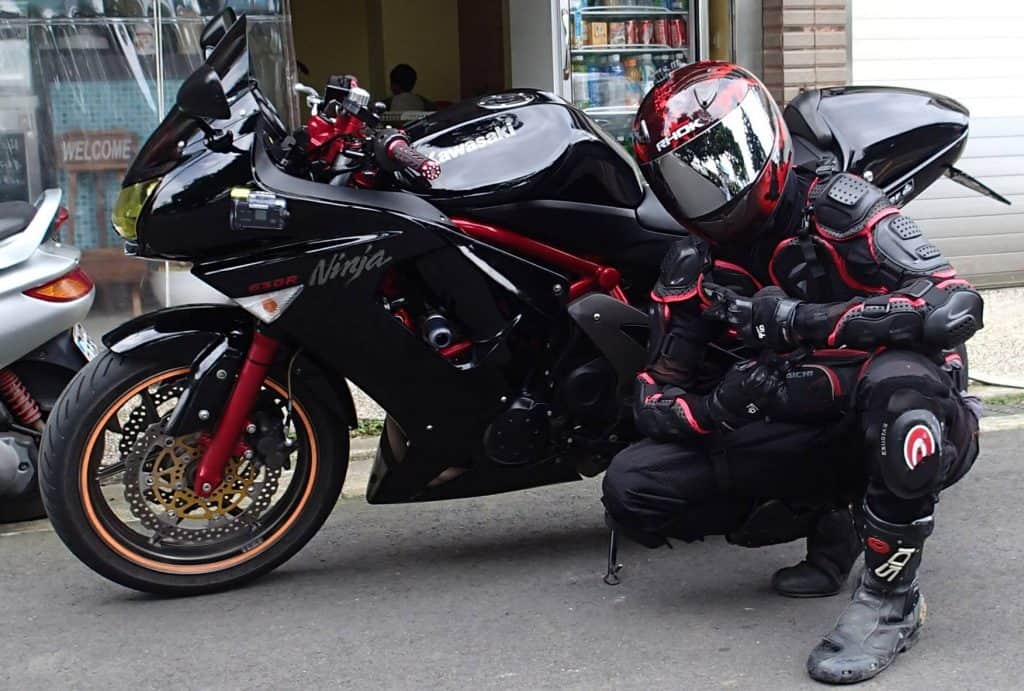
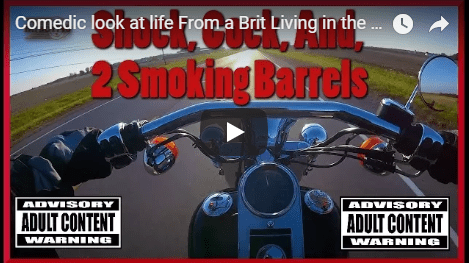
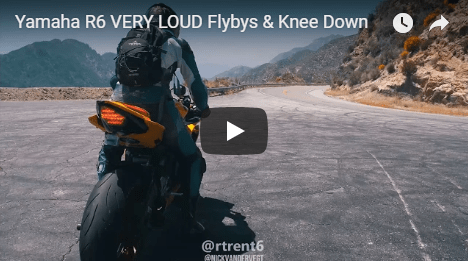
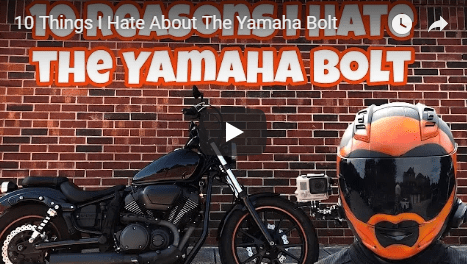
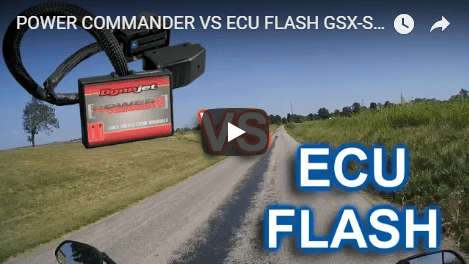
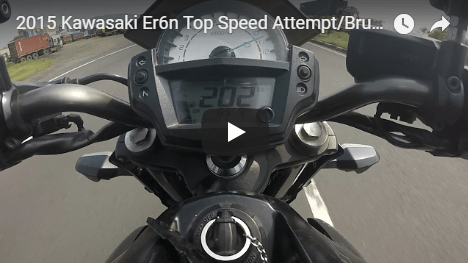
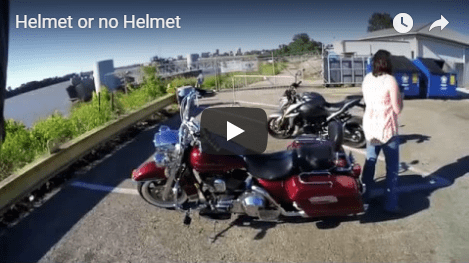

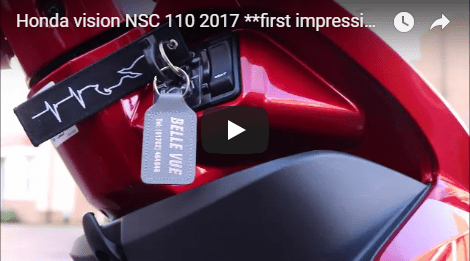

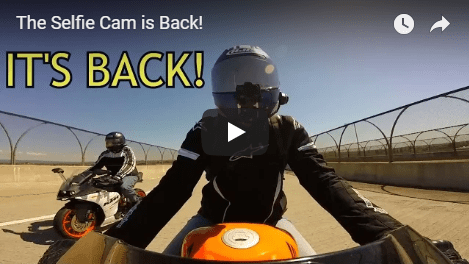



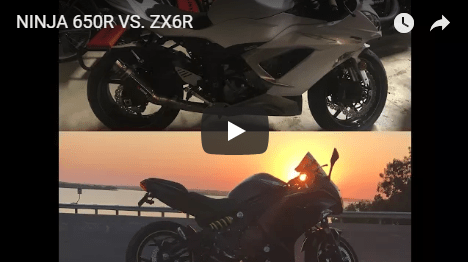
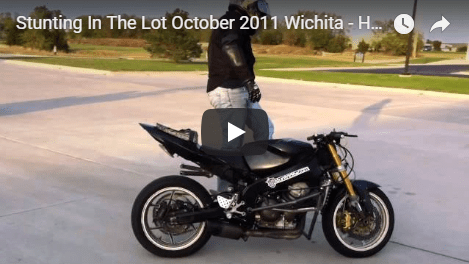
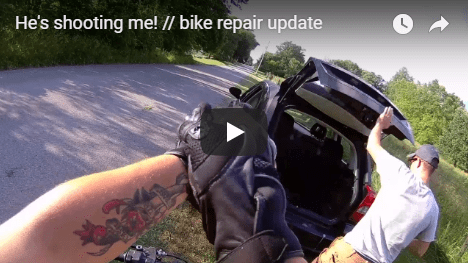
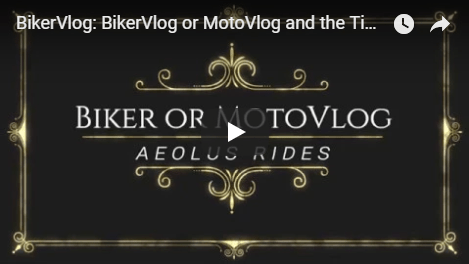

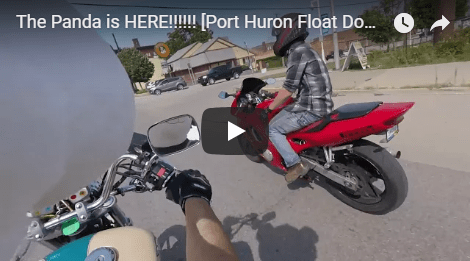
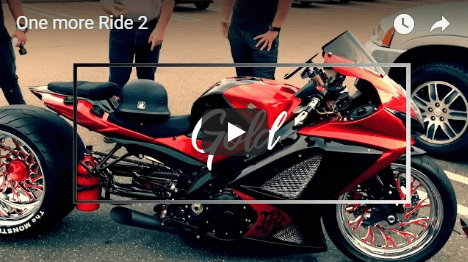
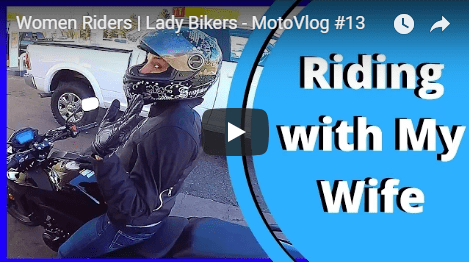
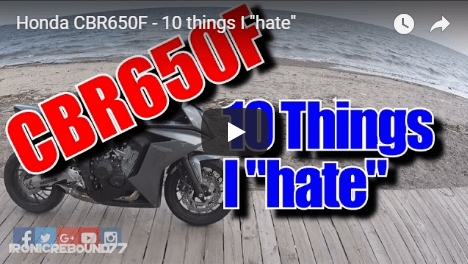
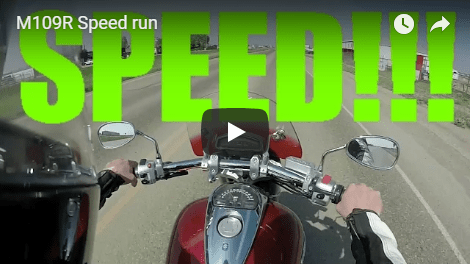

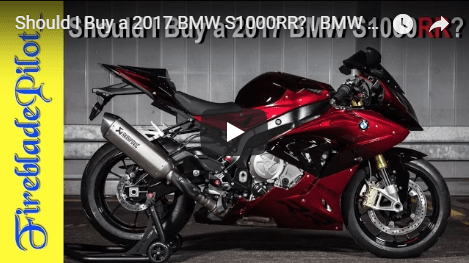
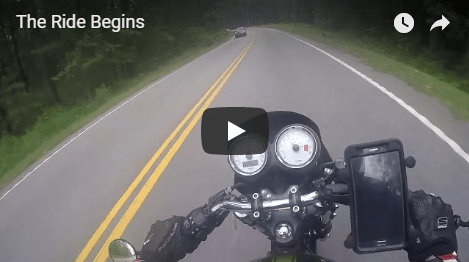
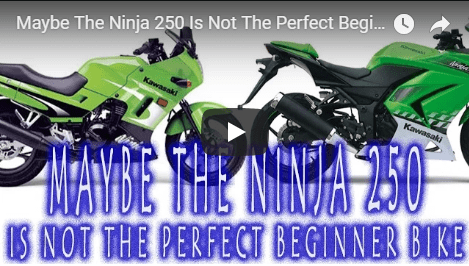
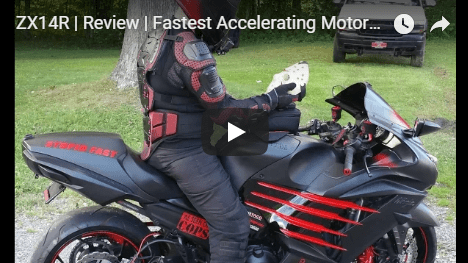
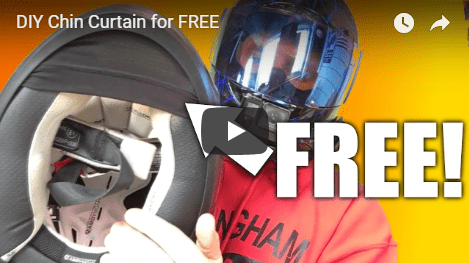
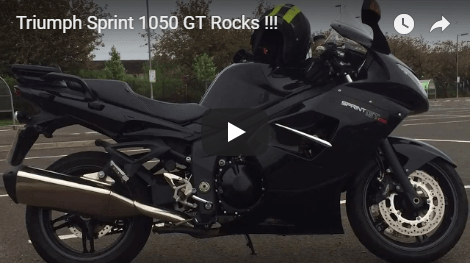

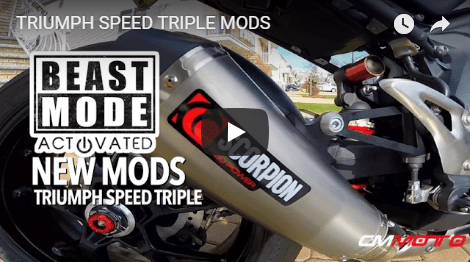
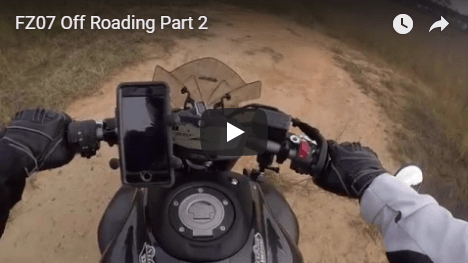


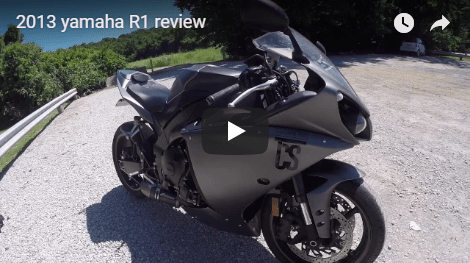
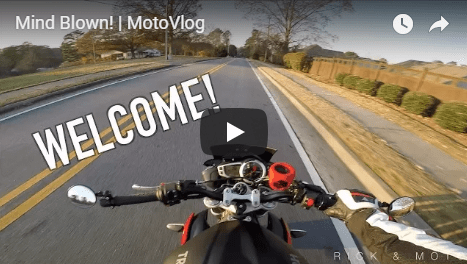
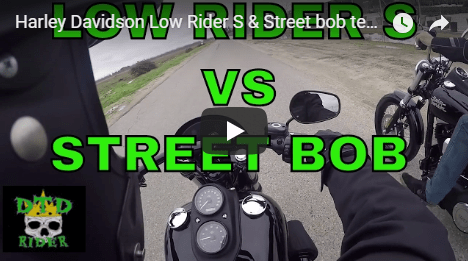
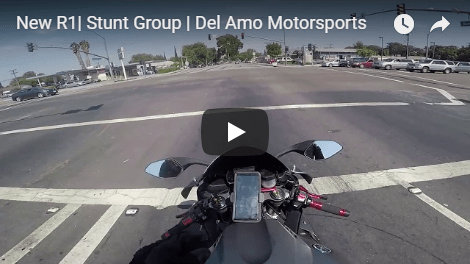

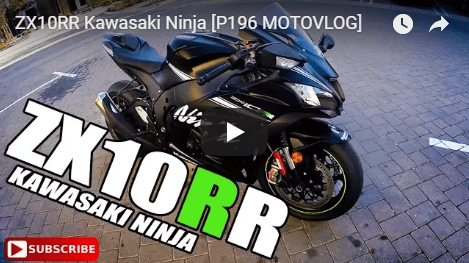
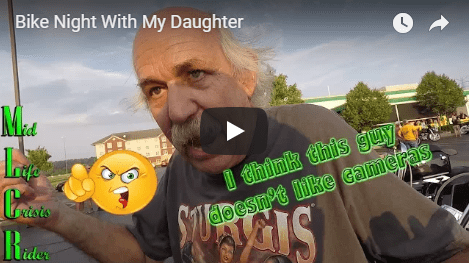


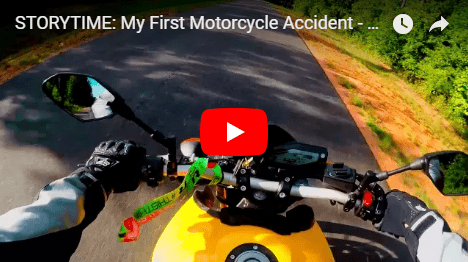


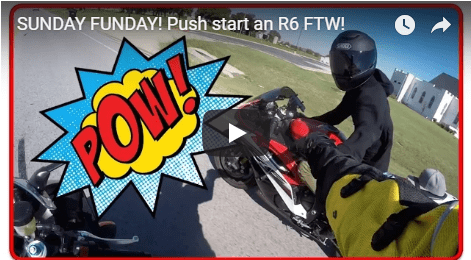

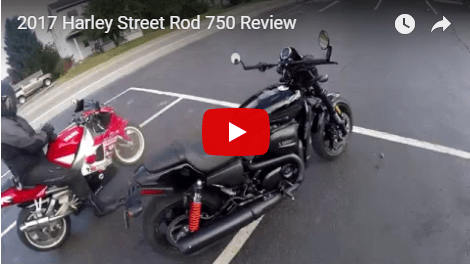
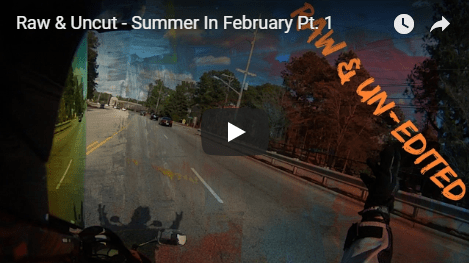
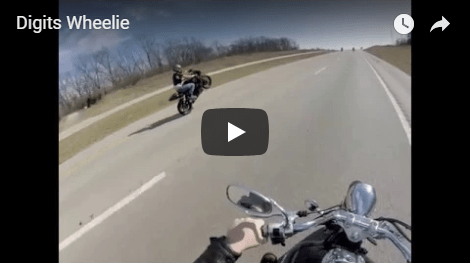
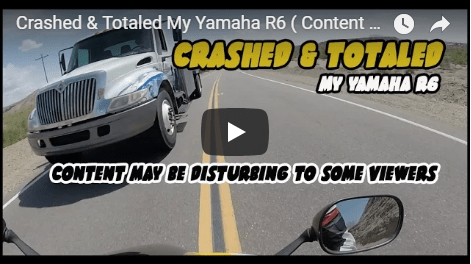
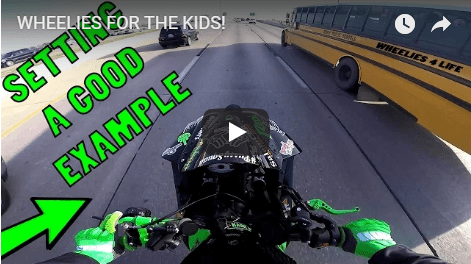
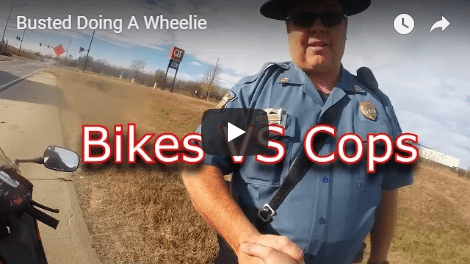
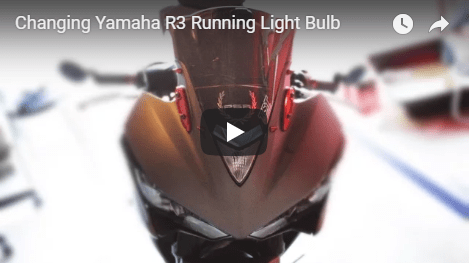
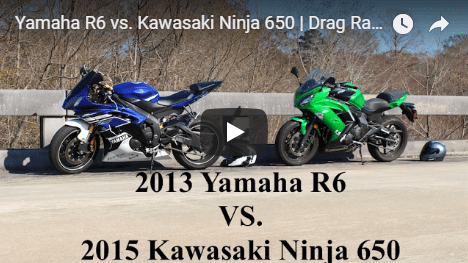


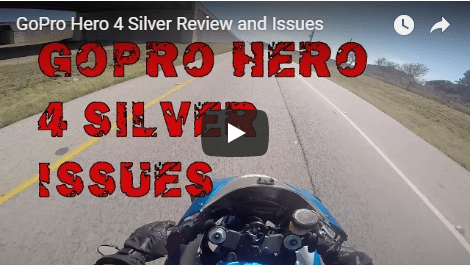
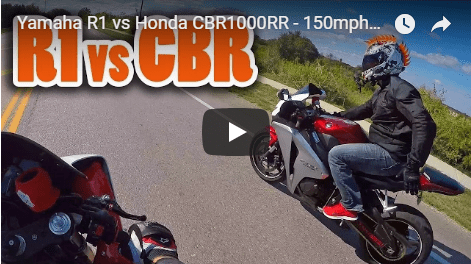
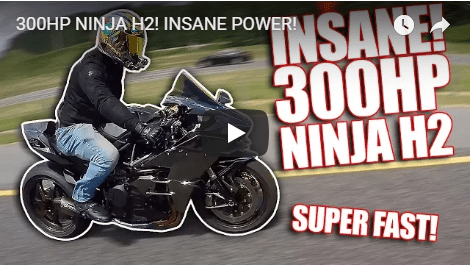
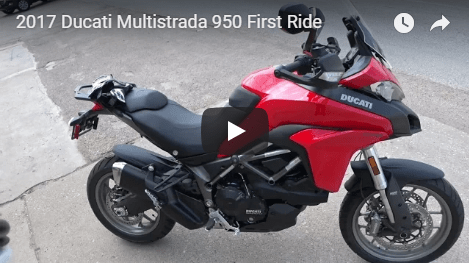


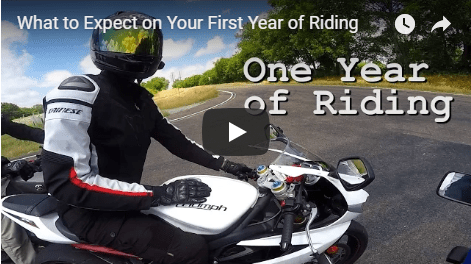
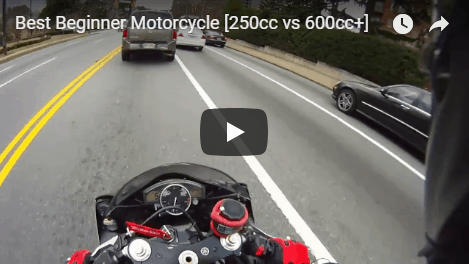
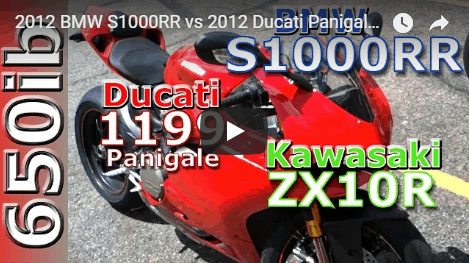
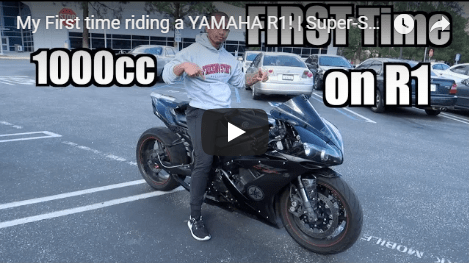


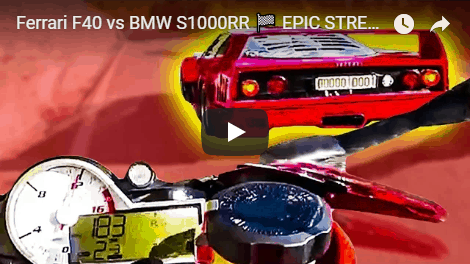

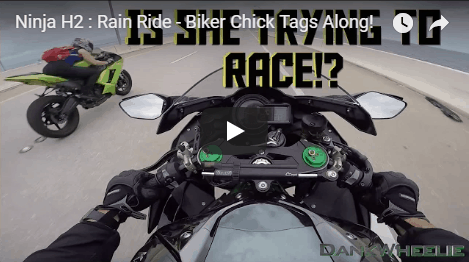
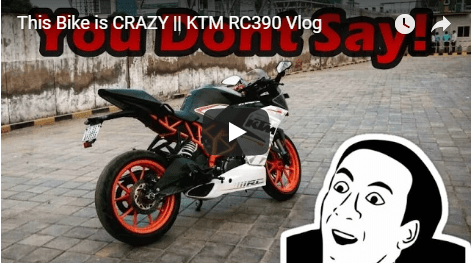
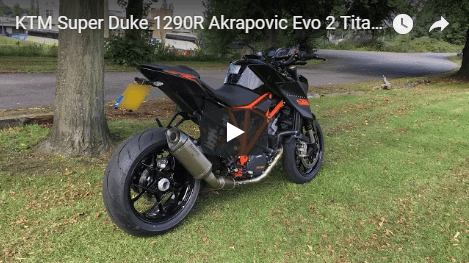
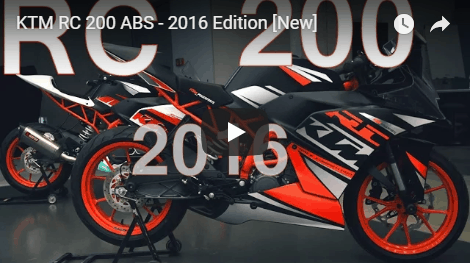

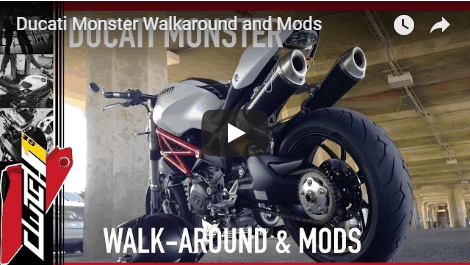

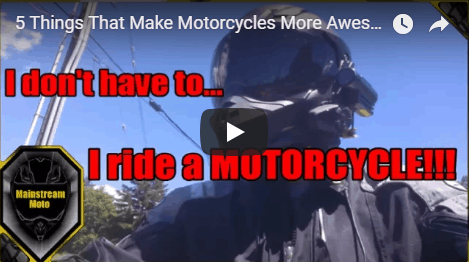
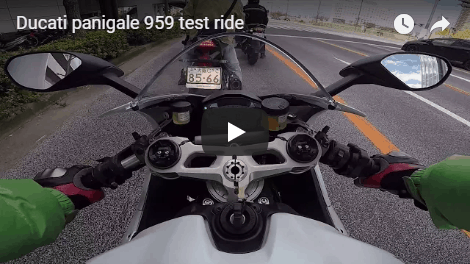
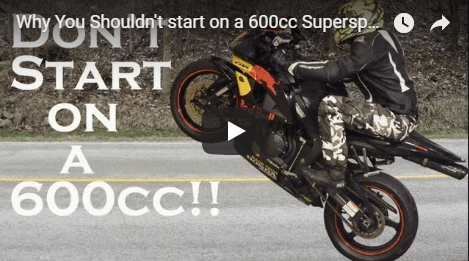
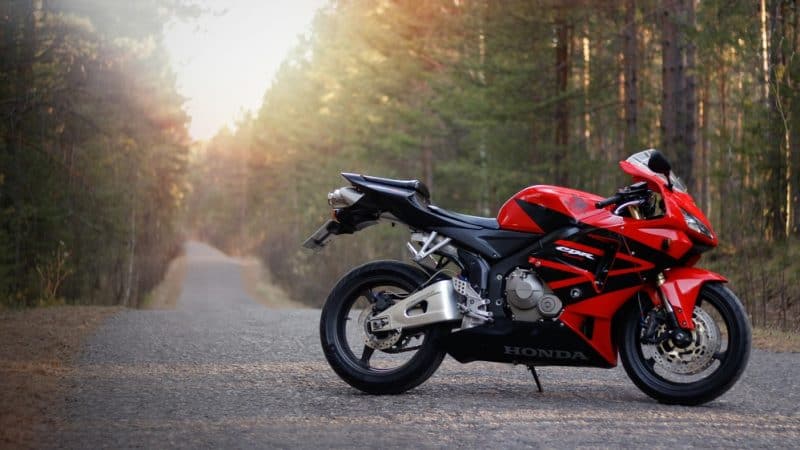
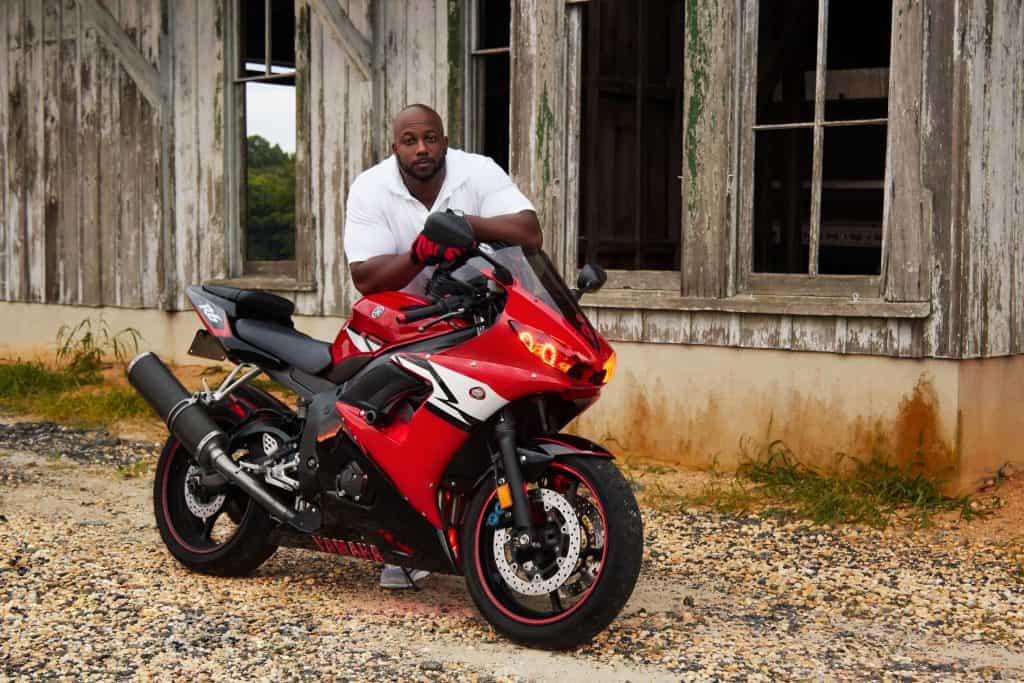
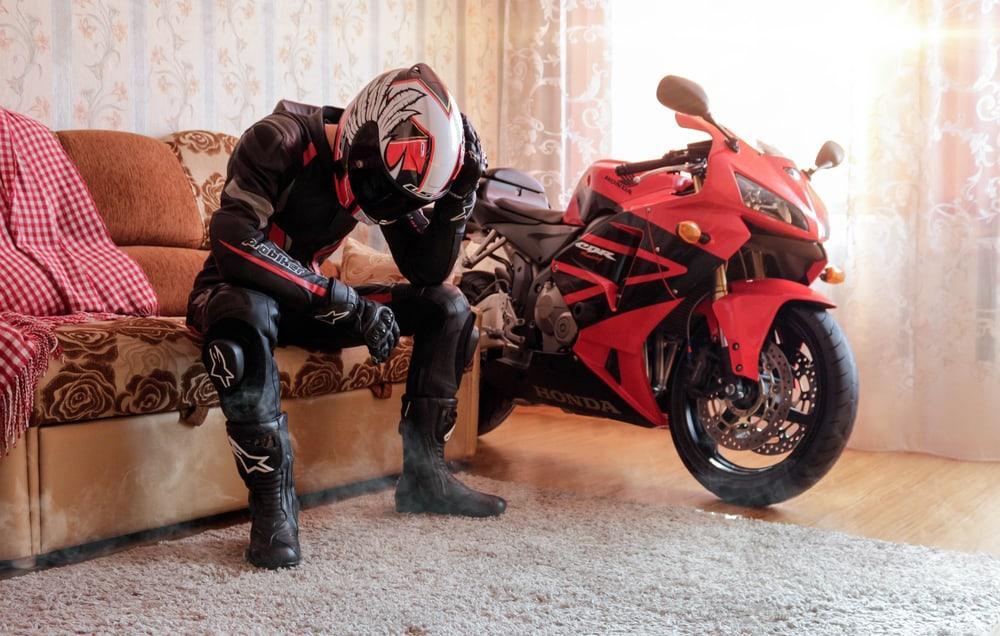
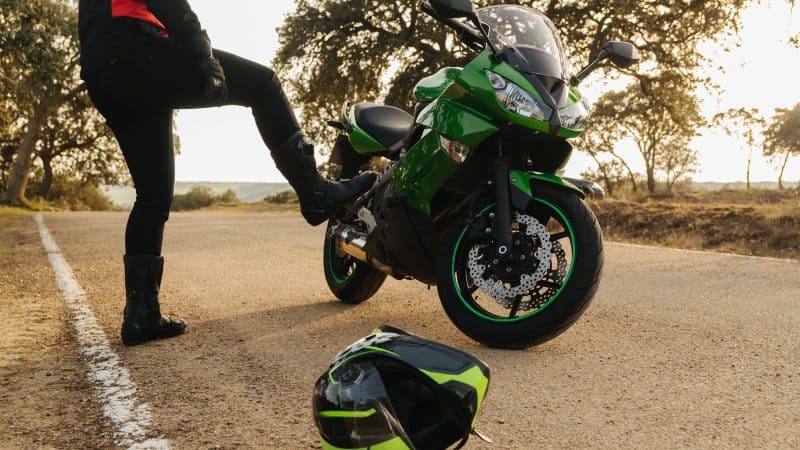
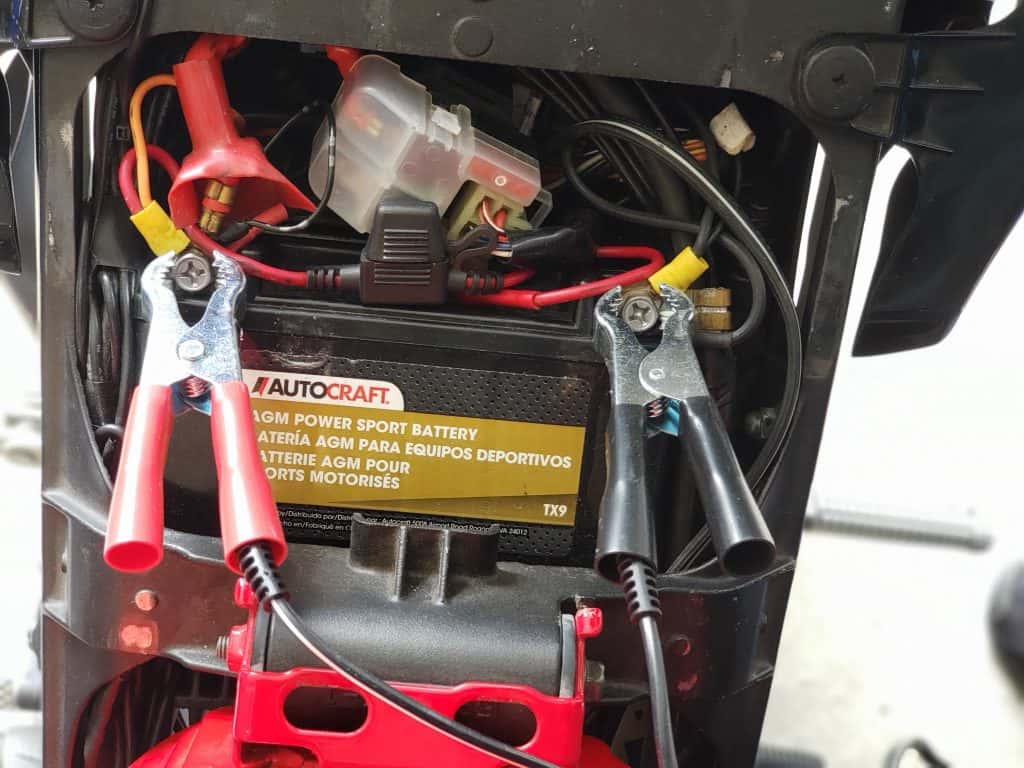






You forgot MiamiAndMerch; this list is so inaccurate it’s not even funny. Some these “motovloggers” rarely posts or have view more then 15 videos
When you get a chance send the links to the motovloggers I missed so I can add them to this list. Thanks!
Defo need to add saffysprocket
Nice👍👏😊 to get the chance of bikes🚴.